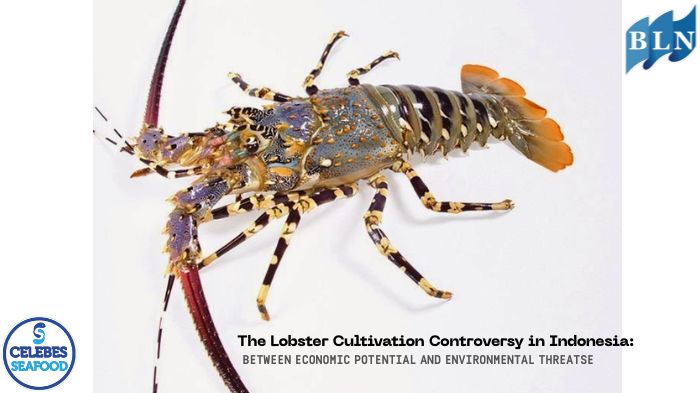Here Are How Pen Culture Fish Farming Works
By. Nevanda - 15 Jun 2023
lautnusantara.com - The pen culture system is a type of fish farming method that involves rearing fish in net pens or enclosures placed in natural bodies of water, such as lakes, rivers, or coastal areas. This system is commonly used for marine species and provides a semi-confined environment for fish growth and production. Here are some key features and characteristics of the pen culture system:
1. Net Pen Construction
Net pens used in the pen culture system are typically large, floating enclosures made of netting material that allow water to flow through. The net pens are constructed in a way that provides structural integrity and ensures containment of the fish while allowing for water exchange.
Read also: 5 Ocean Acidification Impact To Aquatic Ecosystem
2. Placement and Anchoring
Net pens are strategically placed in suitable aquatic environments, such as sheltered bays or estuaries, where water quality and currents are favorable for fish farming. The pens are anchored or moored to the seabed or secured to floating structures to prevent drifting.
3. Species Selection
Marine species commonly reared in pen culture systems include salmon, trout, sea bass, sea bream, and other valuable finfish. The choice of species depends on market demand, ecological compatibility, and local regulations.
4. Feeding and Nutrition
Fish in net pens are typically fed with formulated diets in the form of pellets or granules. Feeding systems such as automated feeders or hand-feeding are employed to provide regular and controlled feeding. The feed composition and feeding regime are adjusted based on the nutritional requirements and growth stage of the fish.
5. Water Quality Management
Monitoring and maintaining suitable water quality parameters are crucial for the health and growth of fish in pen culture systems. Water quality parameters such as temperature, dissolved oxygen levels, pH, salinity, and nutrient concentrations are regularly monitored and managed through proper site selection, monitoring programs, and appropriate management practices.
Read also: Here Are How Net Cage Fish Farming Works
6. Disease and Parasite Control
Fish in net pens are susceptible to diseases and parasites. Disease prevention measures include regular health assessments, vaccination programs (where applicable), and maintaining optimal water quality. Parasite control may involve the use of nets with smaller mesh sizes to prevent entry or the application of appropriate treatments as needed.
When fish reach the desired size for market or processing, they are harvested from the net pens. Harvesting methods can vary and may involve the use of nets, pumping systems, or diving operations.
The pen culture system offers advantages such as efficient use of natural water resources, potential for higher production volumes, and reduced environmental impact compared to land-based systems. However, proper management practices, including environmental monitoring, disease prevention, and responsible feed management, are essential to ensure the sustainability and minimize potential negative impacts on wild fish populations and the surrounding ecosystem.
Read also: Pond Farming System in Aquaculture








